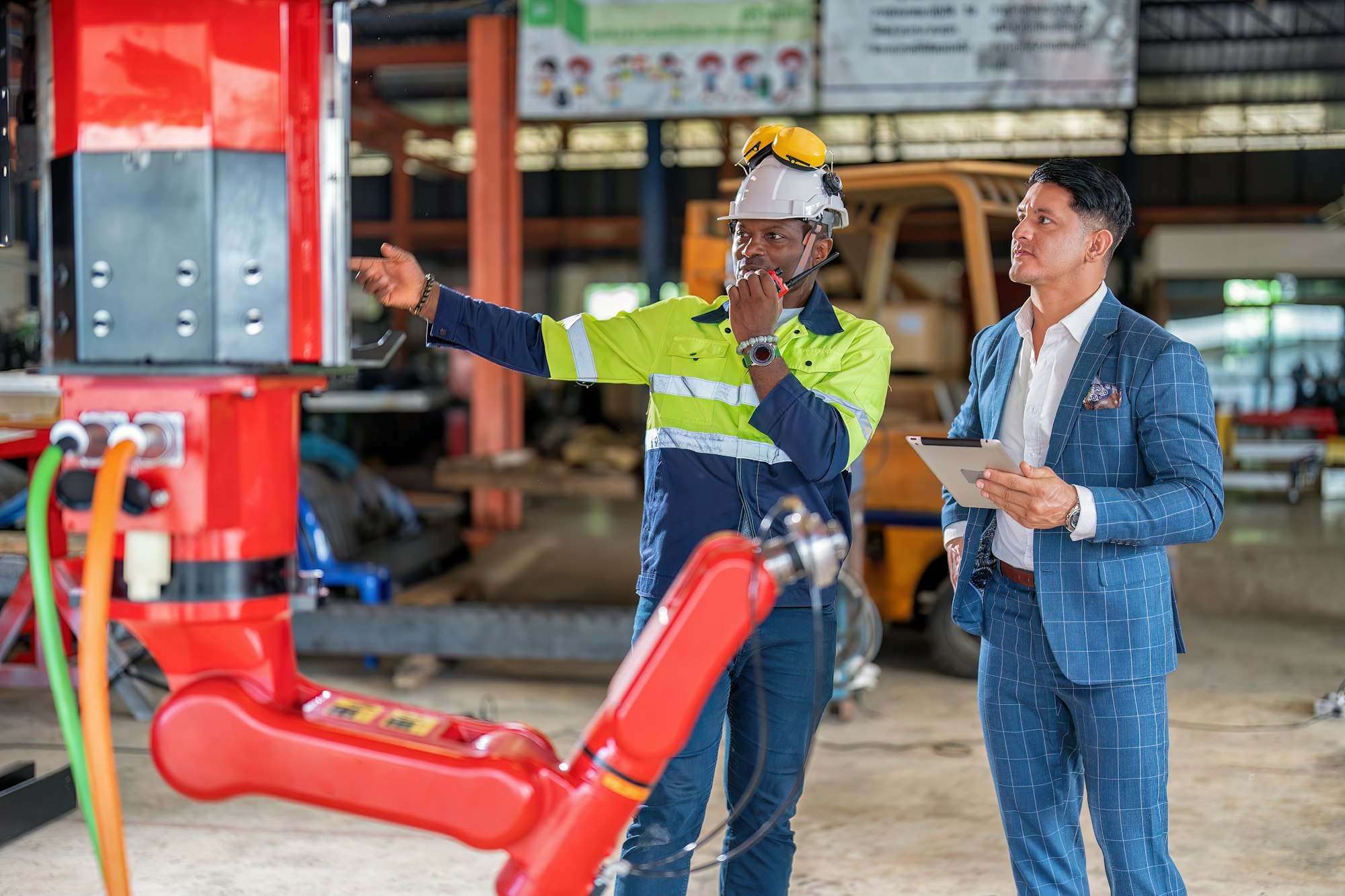Understanding Your Cat’s Behavior
Observing your cat’s behavior can unlock valuable insights into their emotional state. Recognizing anxiety signs, such as excessive grooming or avoidance, is crucial to ensuring their well-being. For example, some cats may hide under furniture or refuse to eat when stressed. Understanding these signs can help you address their underlying concerns.
A cat’s fear response is often displayed through changes in body language and vocalizations. A dilated pupil, flattened ears, or a stiffened tail might indicate fear or anxiety. Similarly, growling or hissing serves as a vocal expression of discomfort or threat. By paying attention to these cues, you can better support your cat during stressful situations.
A lire en complément : Essential Guide: Safely Introducing Your Cat to a Newborn Baby at Home
Each cat is unique, with individual personality traits that influence their behavior. Some may be naturally shy and require a quieter environment, while others might thrive in a bustling household. Recognizing these traits allows pet owners to cater to their feline friend’s specific needs, promoting a sense of security.
In summary, by attentively observing your cat’s body language and vocal expressions, and understanding their individual personalities, you can create a more harmonious environment that alleviates anxiety and diminishes fear.
En parallèle : Essential Guide: Safely Introducing Your Cat to a Newborn Baby at Home
Choosing the Right Motorized Pet Toys
Selecting motorized pet toys can make a significant difference in your cat’s playtime. When beginning the process of toy selection, it’s important to focus on both features and safety to ensure your pet has an enjoyable, and risk-free experience.
Features to Consider
Look for motorized toys that offer a variety of features, such as adjustable speeds and interactive play settings. These options can keep your cat engaged and mentally stimulated. Toys with automatic shut-off mechanisms are also beneficial for conserving battery life while ensuring safety during unsupervised play.
Recommended Types of Toys
Different types of motorized pet toys cater to various feline personalities. For active cats, toys that mimic prey, such as moving feather wands or battery-operated mice, provide an exciting chase. Shy or cautious cats may prefer slower-moving toys that allow them to approach at their pace. Rotating laser pointers also entertain a broad range of cats by letting them indulge their natural hunting instincts.
Safety Considerations
When choosing safe toys, ensure they are free of small, detachable parts that could be swallowed. Durable materials that withstand aggressive play are crucial to avoid potential hazards. Regularly inspecting toys for wear and damage will help maintain a secure playing environment.
By considering these aspects, you’ll find the ideal toy to fit your cat’s unique needs and temperament.
Step-by-Step Guide to Introducing Motorized Toys
Introducing motorized toys to children can be an exciting yet sometimes challenging process. It is essential to follow a structured approach to ensure a smooth transition.
Preparing the Environment
Before you introduce motorized toys, create an environment that fosters a sense of security. Select a spacious area free from obstacles. This will provide enough space for the toy to move without causing any accidents. Ensure that the area is quiet and familiar, reducing sensory overstimulation for the child.
Initial Introduction Phase
Begin the toy introduction by allowing the child to observe the toy without activation. Encourage them to touch and explore the toy while it is off. Use positive reinforcement, praising and showing enthusiasm to create a positive association. This phase is crucial for building familiarity and reducing anxiety.
Gradual Exposure Techniques
Implement gradual exposure by slowly increasing toy activation time. Start with brief introduction periods—just a few minutes—and gradually lengthen as the child’s comfort grows. A key technique is to introduce the toy at a low speed or volume initially. Utilize positive reinforcement during these interactions to maintain a positive and encouraging atmosphere. Give children time to adjust, and observe their responses closely, adjusting the approach as necessary to ensure a pleasant experience.
Monitoring Your Cat’s Reactions
Monitoring your cat’s reactions during play is crucial in ensuring their comfort and enjoyment. Start by observing your cat’s body language, as this will offer significant insights. Signs of comfort include relaxed ears, a softly waving tail, and a curious but unhurried approach towards interactive toys. Contrarily, flicking tails or flattened ears may indicate discomfort or stress.
A thorough behavior assessment helps in understanding your cat’s preferences. You may notice a growth in interest when their favorite toy is used or increased relaxation during specific play routines. Document these observations, noting what actions lead to a calm or excited response during play sessions.
Consider adjusting your strategies if your cat exhibits discomfort. Prioritize creating a safe and engaging play environment. Gradually introduce new toys and activities, rather than overwhelming them. This monitor reactions strategy allows you to tailor your approach, fostering a positive experience for your pet.
Ultimately, focusing on your cat’s wellbeing by understanding signs of comfort and practicing an adaptive introduction method during play enhances your bond. In turn, this process not only ensures they remain content but also enriches their day-to-day environment.
Managing Fear or Anxiety During Play
Helping your cat manage anxiety during playtime requires patience and strategic approaches. Using specific calming techniques can greatly assist. Consider creating a dedicated play environment that feels safe by incorporating familiar scents and toys. This is essential to reducing a cat’s inherent fear of the unfamiliar. Over time, these elements create a secure atmosphere that allows cats to relax and engage more fully.
Environmental enrichment is a valuable tool in soothing anxious behaviours. Introducing toys that challenge a cat’s senses, like puzzle feeders or interactive playthings, helps redirect their focus. These enrichments serve not only as distractions but also cater to their natural instincts, thus reducing anxiety.
Comfort can also be established through pheromone diffusers or sprays. These concoctions mimic natural comforting scents, assisting in alleviating fear.
Should anxiety persist despite implementing these comfort strategies, it may be beneficial to consult a veterinarian or animal behaviorist. These experts can offer tailored advice based on your cat’s unique temperament and environment, sometimes identifying underlying issues that require more structured intervention. Such professional guidance is critical for long-term success in anxiety management.
Encouraging Positive Play Experiences
Fostering positive play habits with motorized toys can enhance your cat’s wellbeing, creating an environment rich in stimulation and warmth. When cats associate toys with joy and reward, it builds a bridge to deeper engagement. An excellent method is to gradually introduce motorized toys during enriching playtime sessions. This approach helps cats to overcome apprehension and embrace these toys enthusiastically.
Effective training tips can amplify interest and interaction. One strategy is to preface play with a gentle ritual, such as offering a treat or using a familiar scent, to draw your cat’s curiosity. Over time, this routine becomes an expected prelude to fun, encouraging positive associations.
Interactive play strategies are crucial for sustaining engagement. Introducing chase games using motorized toys develops their natural hunting instincts, delivering both fun and exercise. Opt for toys with unpredictable movement, mimicking prey behaviour, which can captivate your cat’s attention while providing continuous mental and physical challenge.
Incorporating these strategies into daily routines is vital for positive reinforcement. Dedicating time for active play not only boosts your cat’s mood but also instils a routine they eagerly anticipate. This structured approach nurtures their instinctual needs, promoting a harmonious bond between you and your feline companion.











